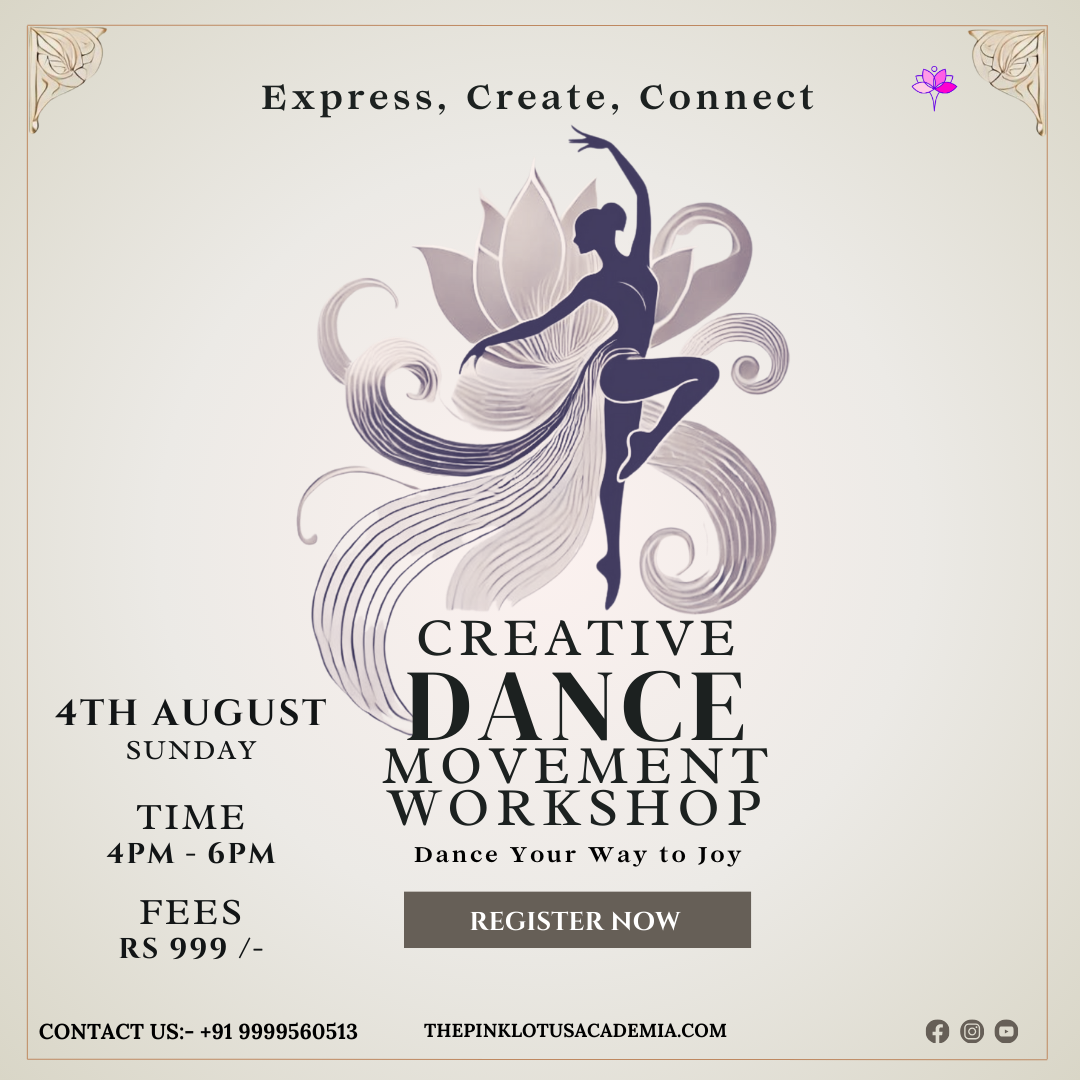Introduction
The tabla is a mesmerizing percussion instrument that has captivated audiences for centuries. Its unique sound and rhythmic patterns have made it an integral part of Indian classical music. In this comprehensive article, we will delve into the fascinating history of tabla, tracing its origins, evolution, and significance in the world of music.
History of Tabla: Origins and Evolution
The Ancient Roots of Tabla (?)
The origins of the tabla can be traced back to ancient times. It is believed to have evolved from the ancient Indian percussion instrument known as the puskara, which was a clay pot used for rhythmical accompaniment. Over time, the puskara underwent significant transformations and eventually gave rise to the tabla as we know it today.
Emergence of the Tabla in Medieval India
During the medieval period in India, the tabla gained prominence as a solo instrument and an accompaniment to vocal and instrumental performances. It was during this time that the tabla acquired its characteristic shape and structure, consisting of two distinct drums known as the dayan and the bayan.
The Birth of Gharanas: Schools of Tabla Playing
As the popularity of the tabla grew, different styles of playing emerged, leading to the formation of various gharanas or schools of tabla playing. Each gharana had its unique approach to playing the instrument, with distinctive techniques, compositions, and rhythmic patterns. Some renowned gharanas include the Delhi, Ajrara, Farukhabad, and Punjab gharanas.
Tabla in the Modern Era
In the modern era, the tabla has continued to evolve and adapt to changing musical styles and genres. It has transcended traditional boundaries and found its way into various forms of music, including fusion, jazz, and world music. Today, tabla players are revered as virtuosos, showcasing their skills and creativity on global stages.
The Importance of Tabla in Indian Classical Music
Tabla: The Heartbeat of Indian Classical Music
The tabla plays a pivotal role in Indian classical music, providing the rhythmic foundation and enhancing the melodic and harmonic elements of a performance. It acts as a bridge between the soloist and the accompanying musicians, creating a seamless and dynamic musical experience.
The Language of Bols
One of the unique aspects of tabla playing is the use of bols, which are syllabic compositions that represent specific strokes and sounds produced on the drums. These bols form the vocabulary of tabla players and are used to create intricate rhythmic patterns and improvisations. The mastery of bols is a hallmark of a skilled tabla player.
Tala: The Art of Timekeeping
Tala is the rhythmic cycle in Indian classical music, and the tabla is responsible for maintaining the tala throughout a performance. The interplay between the tabla player and the other musicians is crucial in keeping the tala intact and creating a cohesive musical experience.
Frequently Asked Questions about Tabla
FAQ 1: What is the origin of the word “tabla”?
The word “tabla” is derived from the Arabic word “tabl,” which means “drum.” It reflects the historical influence of Arabic and Persian cultures on Indian music.
FAQ 2: How many types of tabla are there?
There are primarily two types of tabla drums: the dayan and the bayan. The dayan is the smaller drum, typically made of wood, while the bayan is the larger drum, made of metal.
FAQ 3: Can tabla be played as a solo instrument?
Yes, tabla can be played as a solo instrument, showcasing the rhythmic and melodic capabilities of the instrument. Solo tabla performances are highly virtuosic and captivating.
FAQ 4: What are some famous tabla compositions?
There are several famous tabla compositions known as “taals” in Indian classical music. Some popular ones include Teentaal, Ektaal, Jhaptaal, and Rupaktaal.
FAQ 5: Are there any renowned tabla players?
Yes, there have been many legendary tabla players who have left an indelible mark on the world of music. Some notable names include Ustad Zakir Hussain, Pandit Kishan Maharaj, and Ustad Alla Rakha.
FAQ 6: Is tabla used in other music genres apart from Indian classical music?
Yes, tabla has found its way into various music genres, including fusion, jazz, and world music. Its versatility and unique sound make it a sought-after instrument in collaborations with musicians from different backgrounds.
Conclusion
The history of tabla is a testament to its enduring legacy and influence in the world of music. From its ancient origins to its evolution into a solo instrument, the tabla has carved a special place in Indian classical music and beyond. Its rhythmic prowess and expressive capabilities continue to captivate audiences worldwide, making it an integral part of musical performances across genres.
Instagram: @thepinklotusacademia
Facebook: @thepinklotusacademia
Faculty: Yashwant Vaishnav
Enquire Now: Click Here














